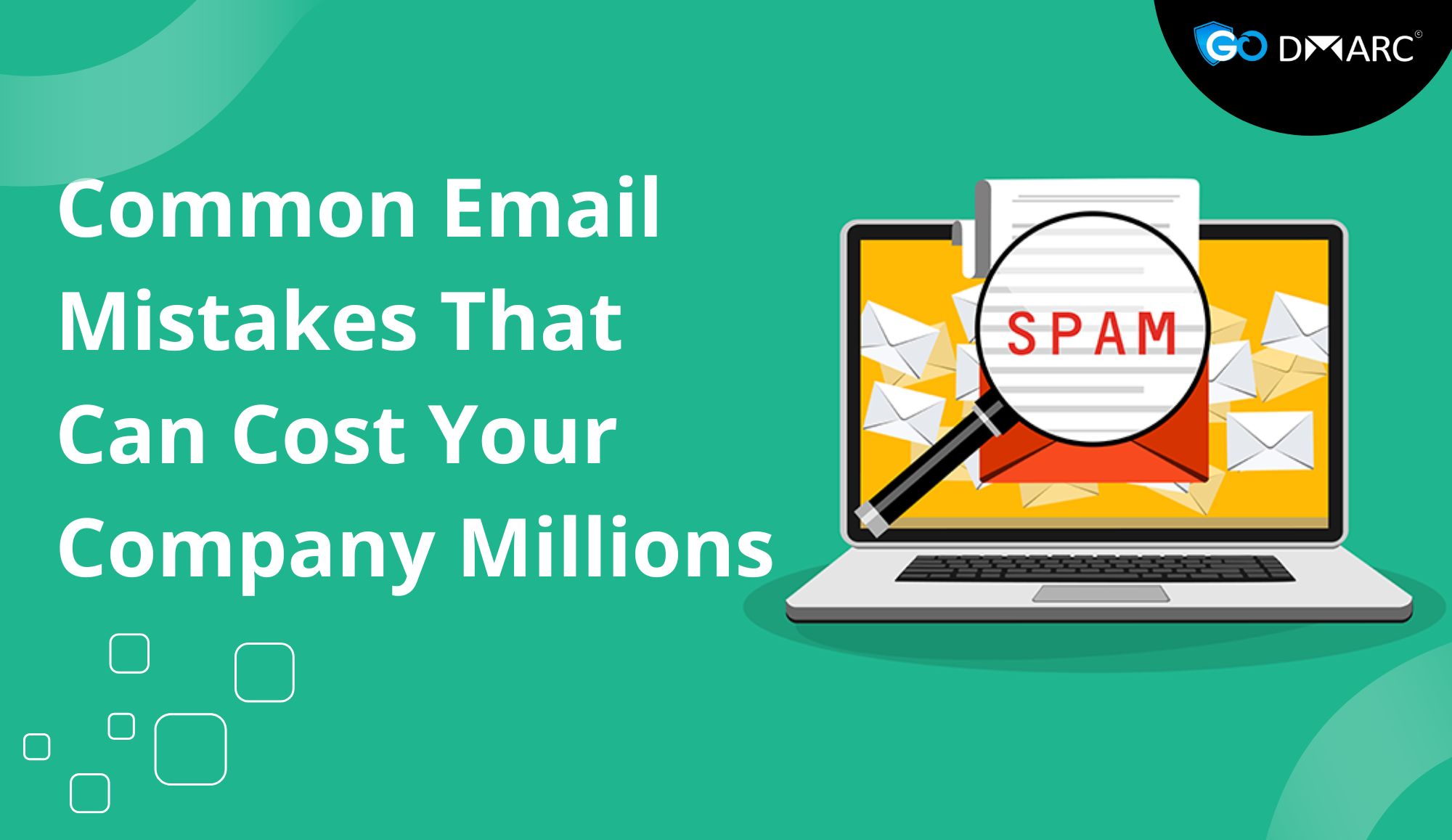Email phishing has become one of the most prevalent cyber threats in today’s digital world. Attackers use deceptive tactics to trick users into revealing sensitive information, such as login credentials, financial details, and personal data. Organizations need robust measures to counter these threats, and one of the most effective solutions is DMARC (Domain-based Message Authentication, Reporting, and Conformance).
Understanding Email Phishing
Phishing emails are crafted to appear as legitimate communications from trusted sources. They often include malicious links, fraudulent attachments, or requests for confidential information. Cybercriminals impersonate reputable entities to deceive recipients and gain unauthorized access to sensitive data. Phishing attacks can lead to financial losses, identity theft, and reputational damage for individuals and businesses alike.
Types of Phishing Attacks
- Spear Phishing: Targeted attacks on specific individuals or organizations.
- Whaling: Aimed at high-profile executives or important stakeholders.
- Clone Phishing: A legitimate email is duplicated with malicious alterations.
- Vishing: Voice phishing using phone calls to deceive victims.
- Smishing: Phishing through SMS or mobile messaging apps.
What is DMARC?
DMARC is an email authentication protocol designed to protect domain owners from email spoofing and phishing attacks. It builds on two existing authentication mechanisms: SPF (Sender Policy Framework) and DKIM (DomainKeys Identified Mail). By implementing DMARC, domain owners can define policies that help email receivers detect and block unauthorized messages.
How DMARC Works
DMARC allows organizations to:
- Authenticate Emails: It verifies whether an email originates from an authorized sender by checking SPF and DKIM records.
- Set Policies: DMARC policies dictate how receiving mail servers handle emails that fail authentication checks. Organizations can choose from three policies:
- None: Monitor email traffic without enforcing any actions.
- Quarantine: Mark suspicious emails as spam or move them to a quarantine folder.
- Reject: Block unauthorized emails from reaching the recipient’s inbox.
- Receive Reports: DMARC provides detailed reports on email authentication results, helping domain owners identify and address potential vulnerabilities.
Importance of DMARC in Email Security
Email Security is a critical aspect of protecting organizations from phishing and spoofing attacks. Without proper authentication mechanisms, cybercriminals can easily impersonate legitimate domains, leading to widespread fraud and deception. DMARC enhances Email Security by ensuring that only authorized senders can use an organization’s domain to send emails.
By implementing DMARC, businesses can:
- Reduce the risk of phishing attacks.
- Prevent brand impersonation and domain spoofing.
- Improve email deliverability by establishing trust with email providers.
- Gain insights into email traffic and authentication failures.
Implementing DMARC for Enhanced Email Security
To maximize the benefits of DMARC, organizations should follow a structured approach:
1. Publish SPF and DKIM Records
Before enabling DMARC, ensure that SPF and DKIM records are correctly configured for your domain. These authentication methods validate the legitimacy of email senders.
2. Create a DMARC Record
A DMARC record is a TXT entry added to your domain’s DNS settings. It specifies the DMARC policy and provides instructions for handling unauthenticated emails.
Example DMARC Record:
_dmarc.example.com TXT "v=DMARC1; p=quarantine; rua=mailto:[email protected]; ruf=mailto:[email protected]; fo=1"3. Monitor Email Traffic
Start with a p=none policy to monitor email traffic without affecting email delivery. Analyze DMARC reports to identify unauthorized email sources.
4. Enforce DMARC Policies
Gradually move to p=quarantine or p=reject to prevent fraudulent emails from reaching recipients. A strict DMARC policy strengthens Email Security and minimizes phishing risks.
5. Continuously Review and Update DMARC Settings
Cyber threats evolve over time, making it essential to regularly review DMARC reports and adjust policies accordingly. Ensure that legitimate emails are correctly authenticated while blocking malicious attempts.
Benefits of DMARC for Businesses
- Stronger Email Security: Protects against phishing, spoofing, and unauthorized email use.
- Enhanced Brand Trust: Customers and partners can trust that emails from your domain are legitimate.
- Regulatory Compliance: Helps meet security standards and data protection regulations.
- Reduced Spam and Fraud: Minimizes the risk of cybercriminals exploiting your domain for malicious activities.
Common Challenges and Solutions
1. Deliverability Issues
Some legitimate emails may be mistakenly marked as suspicious. Solution: Use DMARC reports to fine-tune authentication settings.
2. Complex Setup Process
DMARC implementation requires technical expertise. Solution: Work with IT professionals or use managed DMARC services for seamless deployment.
3. False Positives
Some email services may have strict filtering mechanisms. Solution: Gradually transition from p=none to stricter policies while monitoring email flow.
Real-World Case Studies
Case Study 1: Large Corporation Stops Phishing Attacks
A multinational corporation faced repeated phishing attacks impersonating its executives. By implementing DMARC with a reject policy, they reduced fraudulent emails by 97% within six months.
Case Study 2: Small Business Enhances Customer Trust
A small e-commerce company adopted DMARC and improved its Email Security, leading to higher trust among customers. Their email deliverability rate increased by 20%, boosting customer engagement.
Future of DMARC and Email Security
As cyber threats continue to evolve, DMARC will remain a crucial component of Email Security strategies. Emerging technologies, such as AI-based email threat detection, will further enhance authentication mechanisms. Organizations must stay updated with best practices and continuously improve their security measures.
Conclusion
Email phishing is a persistent cybersecurity threat, but DMARC provides an effective defense mechanism against fraudulent activities. By implementing DMARC alongside SPF and DKIM, organizations can significantly enhance Email Security and protect their domains from phishing attacks. A proactive approach to email authentication not only safeguards business communications but also strengthens trust with customers and stakeholders.
Implementing DMARC is a strategic investment in cybersecurity, ensuring that your organization’s emails are authenticated, trusted, and secure. By taking the necessary steps to configure and monitor DMARC, businesses can safeguard their email ecosystem and prevent phishing attacks effectively.




